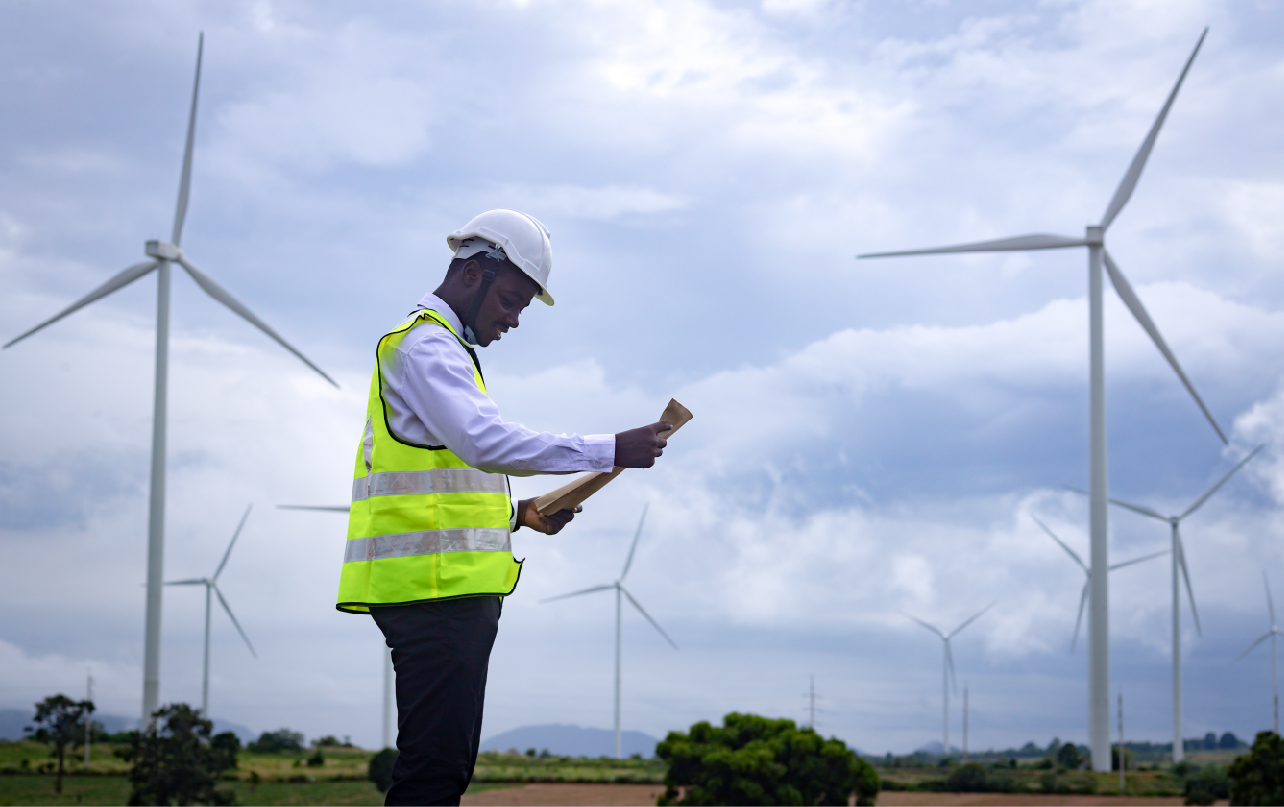The Southern Voice and LDC IV Monitor, in association with the Centre for Policy Dialogue(CPD), organised a session titled the Role of Trade Facilitation in the…
Energy production from non-renewable sources contributes significantly to total global greenhouse gas emissions. The emissions from the African continent are far less than from other regions. Yet, there is a worldwide consensus, through the Paris Agreement and the Agenda 2030, on the need to substantially increase the share of renewable energy and improve energy efficiency by 2030. Therefore, all countries that are signatories to the Paris Agreement are required to undertake a transition from fossil fuels such as oil and coal, towards renewable and environmentally friendly energy sources.
The main reason for this is environmental. But achieving reliable, sustainable and affordable energy is essential to reverse the vast energy supply shortages in Africa as well, such as catering to the growing population’s energy needs. Meeting the unmet energy demand can be a tool for economic growth, food security (by strengthening local agricultural resilience), and several other development outcomes.
Gaps and constraints to green energy development
Africa’s shift to green/renewable energy has been relatively sluggish compared to the global average. The slow adoption of green energy on the continent is attributed to many factors, among them:
- Lack of finance: The International Renewable Energy Agency (IRENA) estimates that Africa’s transition to green energy would require an annual investment of $70 billion over the next 15 years. African countries, which are mostly low-income economies, have limited financial resources to fund such assets at the required scale.
- Capacity deficits: The human and technical requirements of green energy production range from highly-skilled, technical elements (research and development, manufacturing), to medium and low skill elements (operation and maintenance). African countries face both a technical and human capacity constraint. Also, the appropriate technologies for exploiting available renewable energy sources are insufficient.
- Fossil fuel subsidies: Fossil fuels are subsidised in many African countries. Such policies encourage its continuous use. Also, some renewable energy sources like hydropower are shared resources. This situation could limit its use for energy generation, in particular when intense competition exists with other sectors or among countries.
Regional cooperation in the green energy transition
The constraints mentioned above indicate the need for greater regional collaboration and policy coordination for faster green energy development. The recently adopted African Continental Free Trade Agreement (AfCFTA) could provide an avenue for this. The AfCFTA promises to build a regional market for goods and services, with free movement of persons and investment. Consolidating small, poor and fragmented African countries into one strong market could change the dynamics. It would foster access to funding/investments, human capital, and technologies for the green energy sector. Also, investing in the region’s energy sector would be more attractive, given its large and diverse market. These funds would then accelerate the introduction and use of more advanced technologies. The aim would be to exploit the continent’s endowment of renewables – solar energy, geothermal, wind, hydropower, biomass, etc., to achieve increased energy generation and economies of more significant scale. Free movement of labour could lead to an expansion in skilled labour available for green energy development. It would be a result of knowledge sharing. The capacity to create, innovate and adapt green technologies to the local context would increase.
The AfCFTA can accelerate green energy transition through other indirect channels. Elimination of tariffs among African countries is estimated to yield about $16 billion in welfare gains, while increased trade is expected to reduce poverty levels and boost economic growth rates. All of this could likely improve available public and private resources for energy financing. In addition, the increased competition that regional integration creates could also push countries to implement better domestic energy policies. An example would be reallocating resources from unproductive activities like subsidies on fossil fuels.
Ultimately, the AfCFTA can potentially reduce individual country constraints and strengthen innovations to fast-track and enhance the process of transitioning towards clean and sustainable energy. However, none of these benefits is guaranteed, as they are dependent on the concerted implementation of the agreement by member countries. National governments, therefore, have a role to play in aligning their policy and regulatory frameworks with regional requirements. At the regional level, it is pertinent to factor in the possibility that the gains and burdens from adopting a regional approach to energy transition may not be shared equitably. Consequently, it is crucial to initiate a framework for compensating possible losers to ensure broader support for the renewable energy transition.
This article is based on the 2020 policy brief: Adeniran, A. P., & Onyekwena, C. (2020). Accelerating Green Energy Transition in Africa Through Regional Integration.
Text editor: Gabriela Keseberg Dávalos


